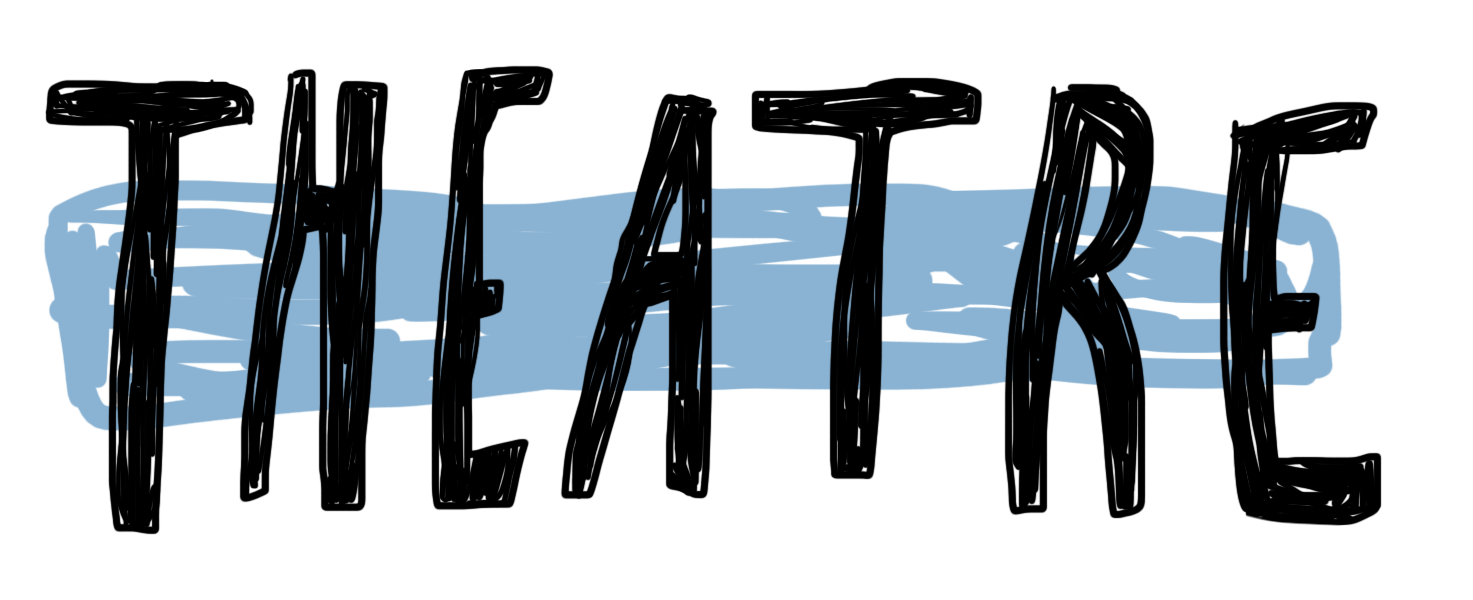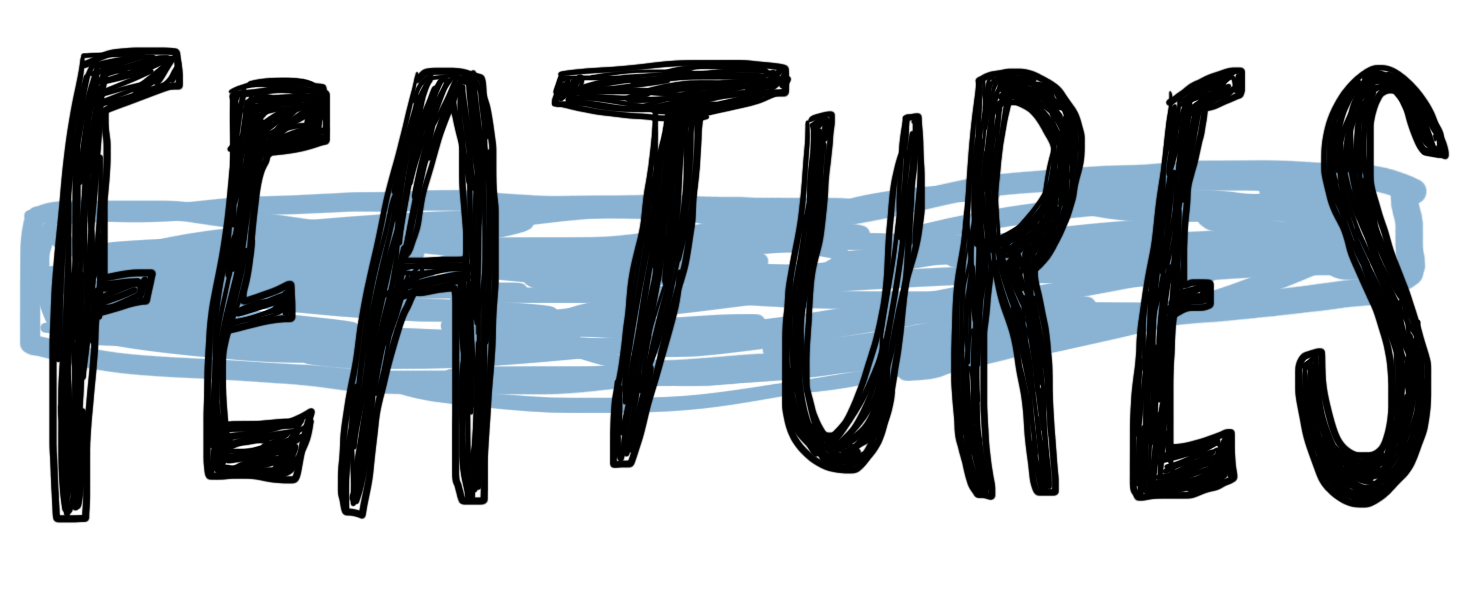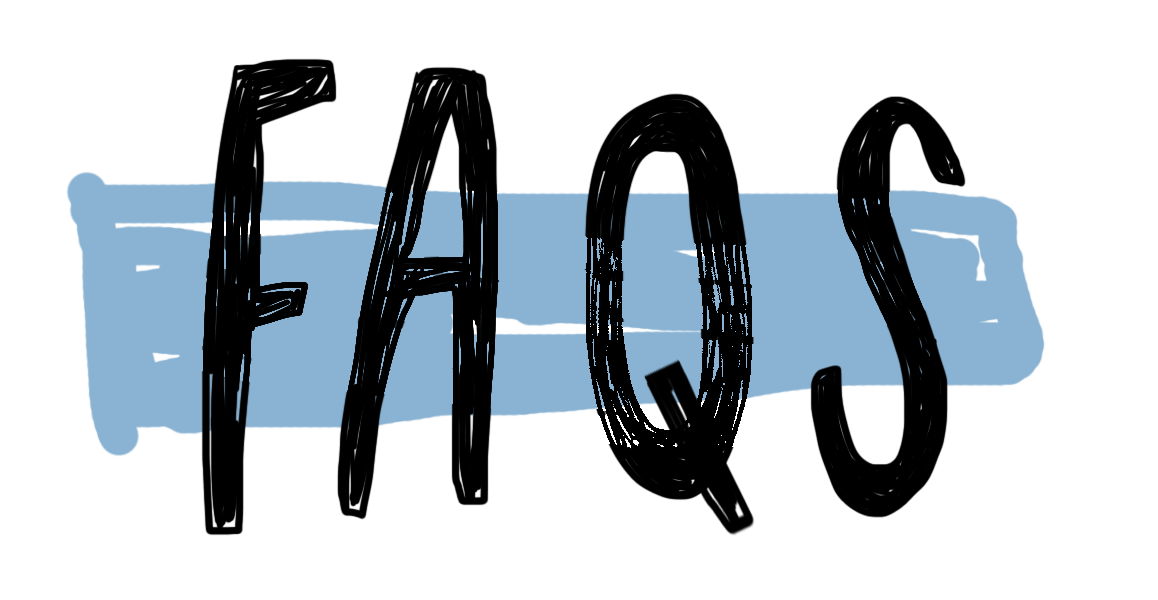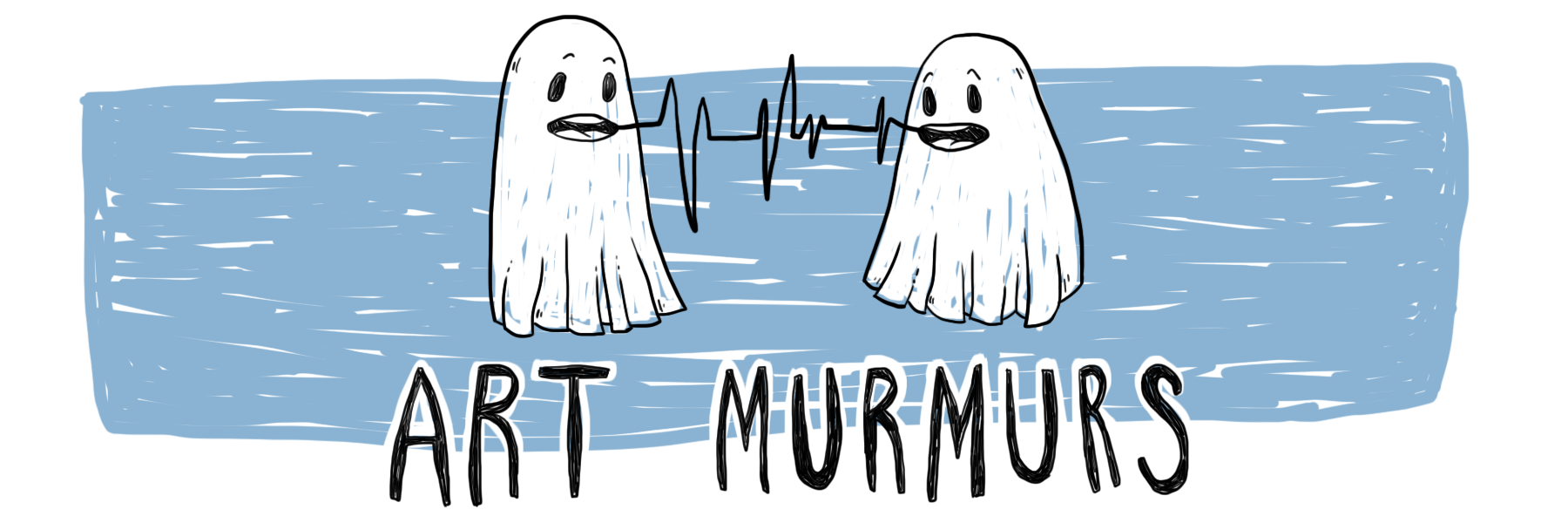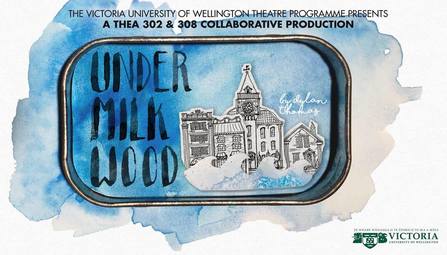Corey Spence
Hyland’s direction highlights the text’s rhythms, though details sometimes get lost as the cast struggles with projection in Studio 77’s unforgiving space. She augments Thomas’ descriptive monologues and two-handers with perfectly pitched music and dance segments. The high-octane scenes contrast with the more reserved scenes. We see this contrast with the Milky Bar Gang’s scenes, such as their direct address in the openning scene where the eight energetic performers address bolt around the stage hyping and energising the audience for what’s to come, and the heart-aching moment between being Captain Cat (Paul Morris) and his lost love Rosie Probert (Kate Anderson). The distance between Morris and Anderson creates the tension and heartbreak – Anderson on the ground floor, tucked in a corner with Morris reaching out to her from his balcony seat. Eyes locked and tears welling, the pair don’t move an inch, and I slowly realise he’ll never grasp her no matter how far he reaches.
The tiny slices of relationships and music interludes help to push the production’s core themes of multiculturalism, interculturalism, and inclusivity. Pitched in the programme as a “hip-hopera”, Under Milk Wood includes typical musical numbers, solos, spoken word, and rap segments. The inclusion of several different styles works with the show rather than against it because each tradition has its own equal time to shine. The cast’s rendition of Hallelujah in Te Reo Māori, where everyone joins in song lead by Reverend Eli Jenkins (Kevin Tafili), is both restful and beautiful, with many of the audience members fighting tears. Under Milk Wood’s outstanding choreography compliments the phenomenal music and sound design (Reuben Jensen and Lucy Kay, with Bethany Miller as vocal coach). I’m still thinking about the beautiful dance number between Daniel Gagau and Natalie Wilson, again seeing a combining of cultures with Wilson’s graceful ballet twirls and Gagau’s sharp hip-hop pulses. The way they move in unison despite their differing styles. The precision they bring to each motion is divine.
The multiculturalism is reinforced by the intricate set design (Kerri-Lyn Wheeler, Isadora Lao, Anne-Lisa Noordover, Mark Nicholas, Georgia Ball, and Madeleine Warren). The port-town setting, all rough-hewn wood and corrugated iron and plastic, makes up the ground floor of the theatre, with its balconies reserved for private places such as the town pub and the Pughs’ living room. It’s able to bring the townspeople together and separate them into private spaces simultaneously, showing not only where they belong or reside, but also how they come together, regardless of background and culture.
The emphasis on multiculturalism in this show work because the influences are as varied as the cast. Seeing these students create work in a small, provincial port town that’s racially diverse doesn’t just feel important, it is important, because it’s making a stance about standing together in the face of a world where many people feel uncertain because of the background and their culture. Under Milk Wood gives that mindset the middle finger, showing it’s not hard to stand unified if a lil’ ol’ port town from the 50s can do it. An example, both literal and figurative, lies in the characters Mog Edwards and Myfanwy Price and their performers Ethan Anderson and Eun Ji Park. The two characters are very much in-love, and the audience clicks to this the second we watch them gaze at one another from across the stage. Both the characters and the actors themselves (Ethan Anderson and Eun Ji Park) are very much in love but come from two different cultures: English and Korean respectively. They share a gorgeous moment near the end of the play, where they reveal a love note written on a giant banner; Mog’s side is written in Korean and Myfanwy’s in English, declaring their love openly without fear.
Other outstanding performances involve Zac Tanner in his role as No-Good Boyo and Dara Flaws’ Mrs Pugh. Tanner demands attention whenever he graces the stage and spends his time flirting with the audience and the other kids; there’s a memorable moment where he thwroops a pride-coloured flag to punctuate ‘gaiety’, creating a wave of laughter through the audience. Flaws is stern and grotesque as Mrs Pugh, the elderly wife of Mr Pugh, and spends much her stage time tearing into her scene partner, which the audience sadistically enjoys. Her grungy voice and grotesque facial expressions make the comments all the more funny.
Gemma Revell matches incredible talent with moving sincerity as she portrays Llareggub’s ‘town bike’, Polly Garter. We gain hints to her previous and failed attempts at love, a saddening tale that contrasts the happy ending the adaptation affords Mog and Myfanwy. Her retellings culminate in a beautiful, soulful solo, where she speaks of the one man who she’ll always hold dearest but can’t – Little Willy Wee (Daniel Gagau). Her song and its reprises are humorous at first, drawing us in, before they turn contemplative and heartbreaking. Revell makes them even more impactful with the vulnerability she brings to her character. She holds the stage in stillness, always the outlier, and sadly remembering with the audience rather than her fellow Llareggub folk.
Under Milk Wood is beautiful, professional, and exciting; it takes a play so far removed from our New Zealand context and makes it matter to us and makes us think about our own inclusivity. There isn’t a lot of theatre like it, one that reflects how New Zealand is a congregation and combination of many differing cultures. And it’s the kind of theatre we need and we need to appreciate. The engrossing performances, careful and beautiful combination of music and dance, snappy direction, and excellent design work make Under Milk Wood one-hundred-percent deserving of its sold-out season.
